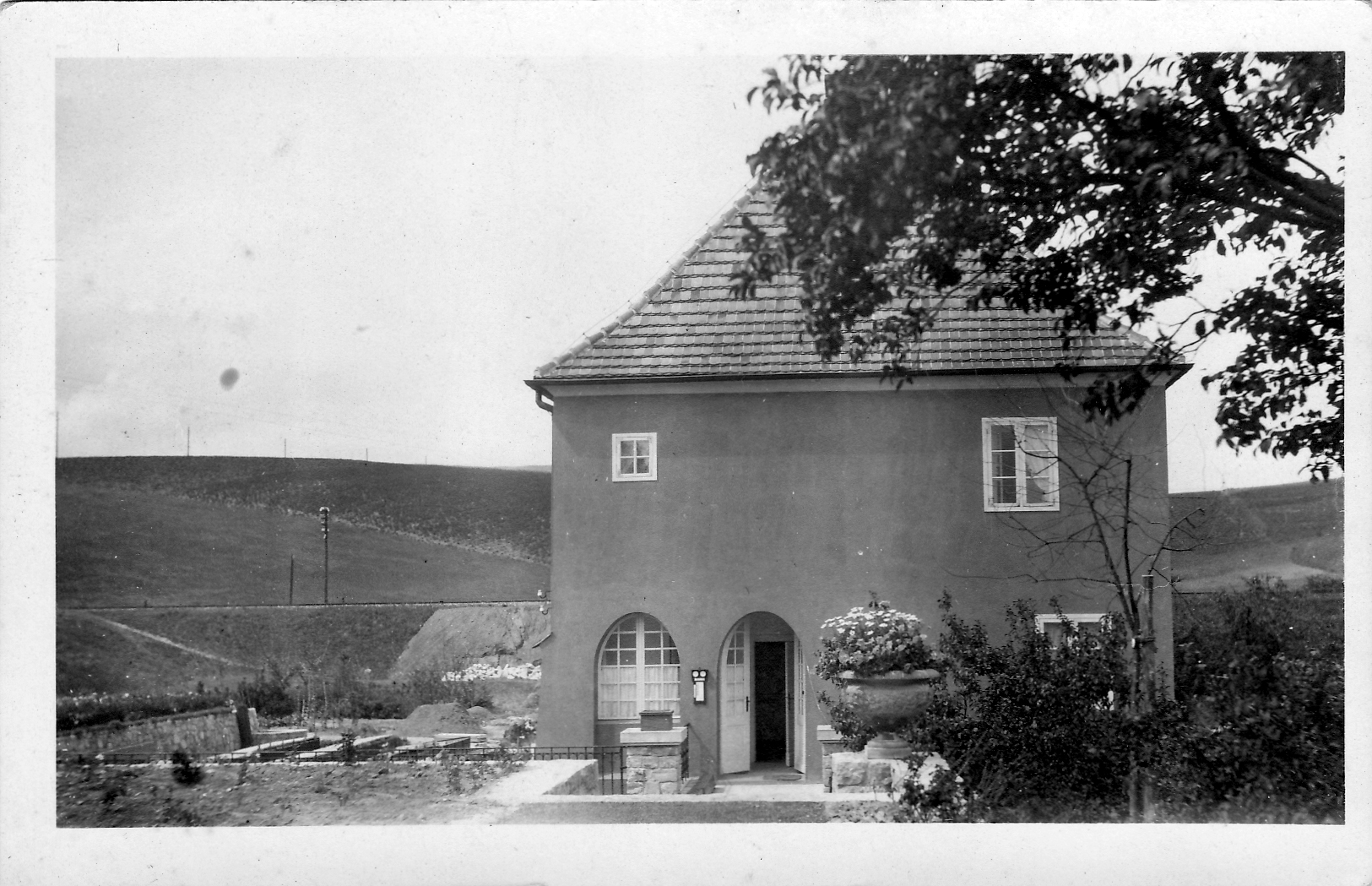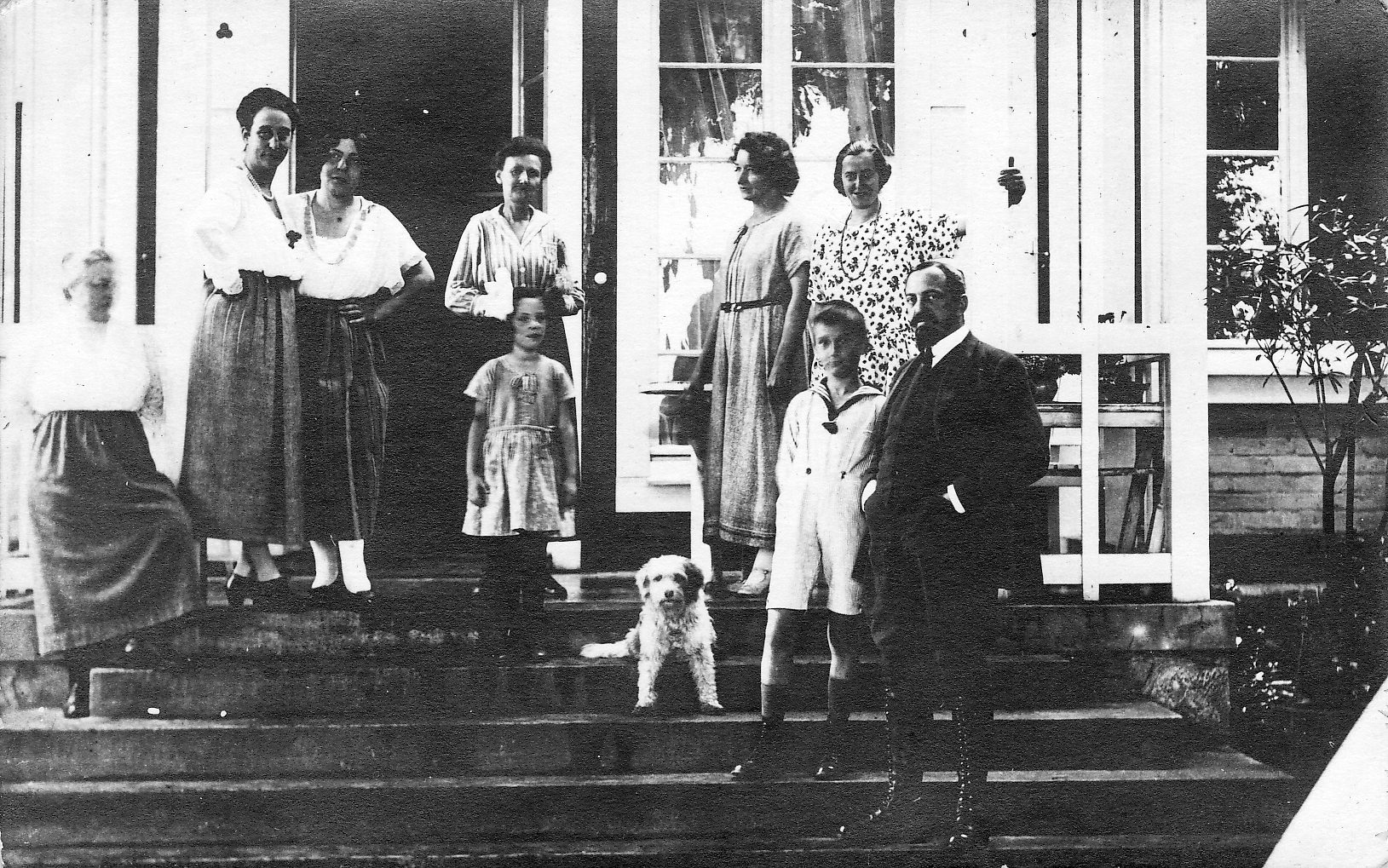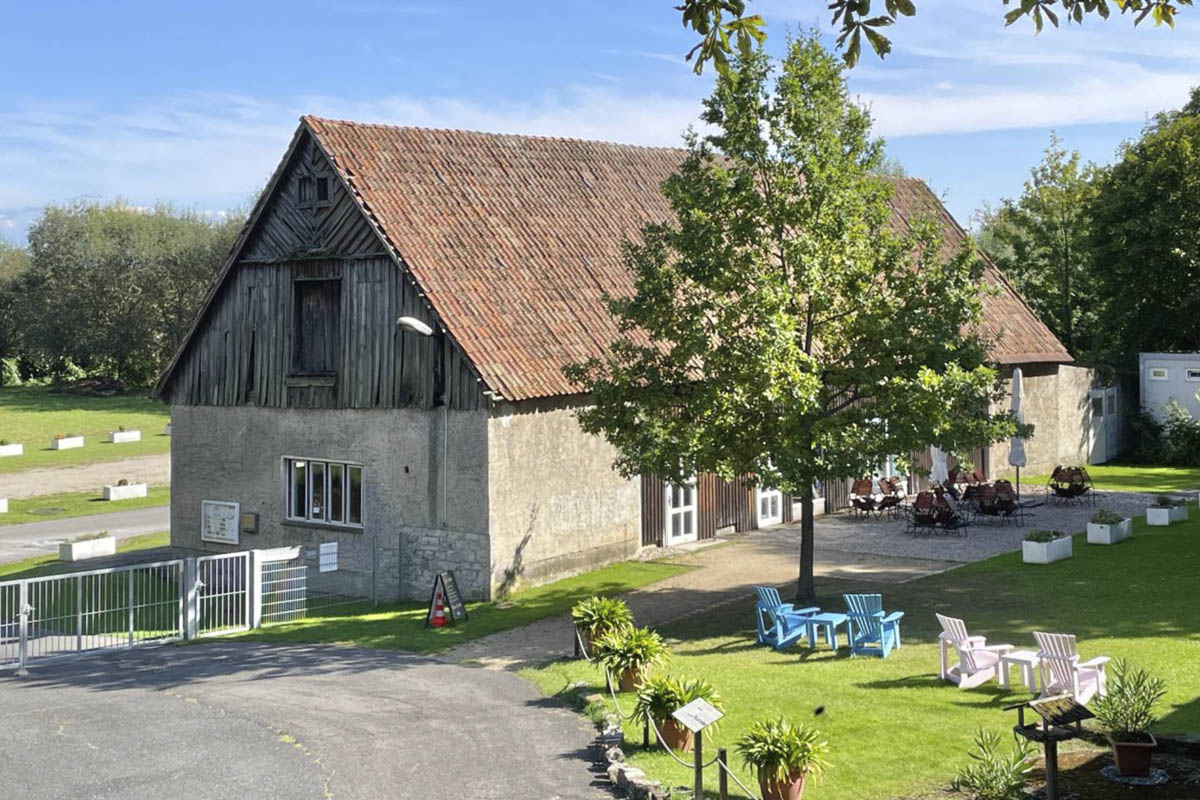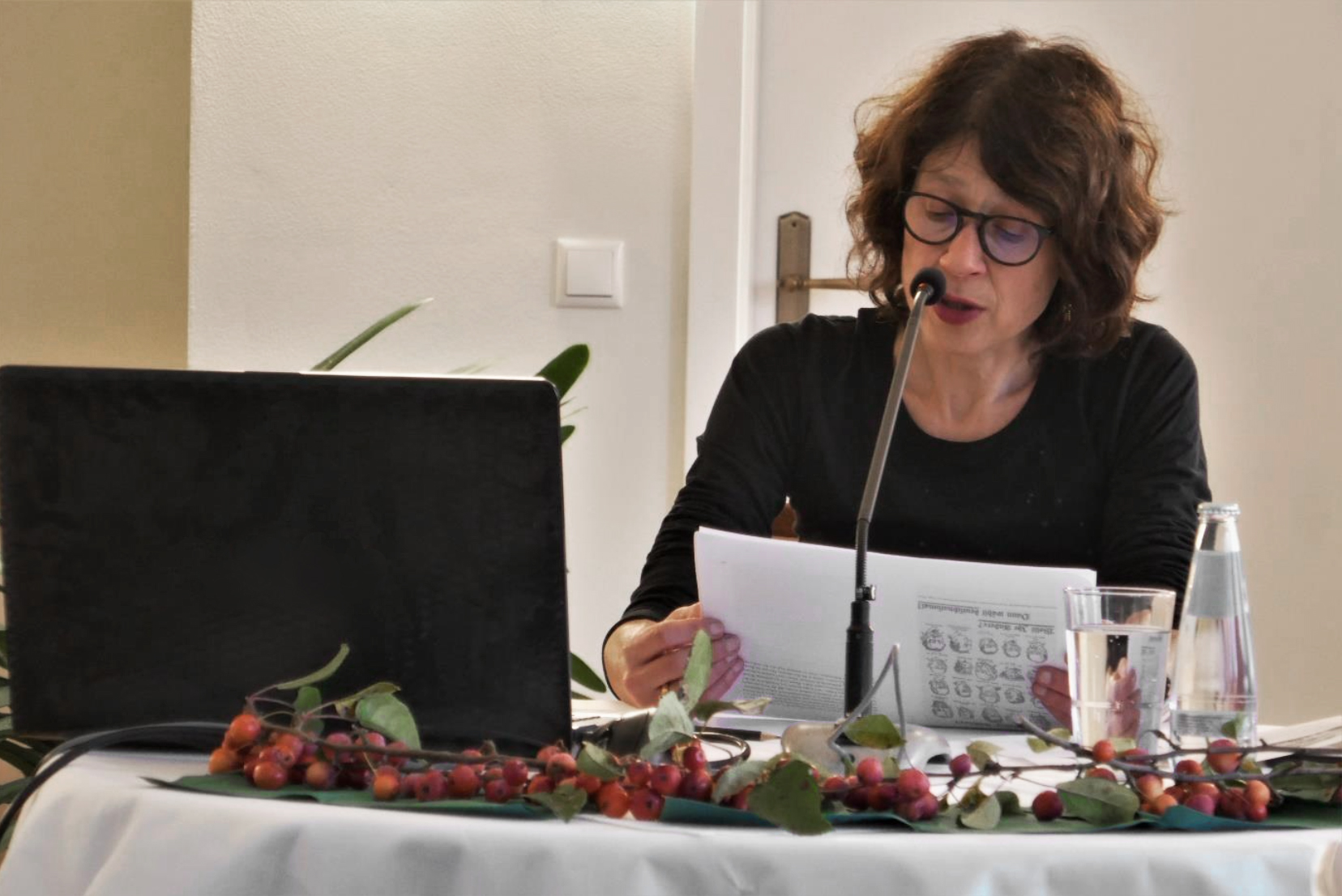The Schweizerhaus Seelow
The original Schweizerhaus was a roadside inn established in 1854. During the later nineteenth century, it was equipped with a beer garden and a stage for concert performances. The property was purchased by Hugo Simon in 1919, who aimed to transform the site into an agricultural estate, which he named Landgut Schweizerhaus. The house was preserved and adapted to the needs of the Simon family as a residence. Modern amenities were added, including electricity and running water. Through the purchase and lease of adjoining lands, Hugo Simon expanded the estate to an area of around 100 hectares. New buildings were erected, including the so-called Goethe House, designed by architect Ernst Rossius-Rhyn, after Goethe’s Gartenhaus in Weimar. It served as administrative seat of the estate and as a guest house. Hugo Simon enlisted the services of Alfred Kutta, a landscape architect from Berlin Zehlendorf, who became on-site manager and planner. Over the 1920s, the work force grew steadily, employing specialists and labourers who resided on the estate.
The Landgut Schweizerhaus soon became a dynamic agricultural concern, producing mainly fruit, but also vegetables, flowers, honey, poultry. The rearing of rabbits, pigs, raccoons and exotic fowl also took place on a smaller scale. Its innovative production methods were recognized by the Kaiser Wilhelm Institute for agricultural research which designated the estate a model farm (Mustergut). The park and grounds were further developed in terms of landscaping, architecture and art. There was a pond with a small bridge and fountain. Hugo Simon installed sculptural works by contemporary artists, including Renée Sintenis’s celebrated Esel von Seelow (1927), which became a symbol of the estate. By the late 1920s, the Landgut Schweizerhaus achieved renown throughout Germany and attracted thousands of visitors a year, especially from Berlin. It was also frequented by artists, writers and politicians who numbered among Hugo Simon’s circle of friends.
In October 1933, the Landgut Schweizerhaus was confiscated by the Prussian state. It served as an agricultural school and experimental farm for most of the period between 1933 and 1945. In April 1945, the final battle of the Second World War took place in the adjoining Seelow Heights, a few hundred meters from the Schweizerhaus. The main house was used by the Red Army for storing provisions. Other buildings and objects on the site were heavily damaged by the fighting. Between 1945 and 1949, various agricultural enterprises made use of the site, as well as the local vocational school. Under the German Democratic Republic, the estate was decreed collective property in 1950 and reorganized as a collective farm (Volkseigene Gut) in 1952. Between the 1950s and 1980s, it produced mainly fruit, flowers and ornamental plants, employing around thirty workers. After German reunification in 1990, the property was administered by the state of Brandenburg, pending a restitution claim by the heirs of Hugo Simon filed in 1992. During this period, activities progressively ceased, and nature reclaimed much of the abandoned site.
In 2008, efforts to recover the estate and its historical memory were begun by the Heimatverein Schweizerhaus Seelow, under the leadership of Marion Krüger. Five years later, in 2013, Hugo and Gertrud Simon’s great-grandson, Rafael Cardoso, was the first member of his family again to set foot in Seelow, exactly eighty years after his ancestors were exiled from Germany. Cooperation between the descendants of Hugo Simon, members of the local community and the town of Seelow created the necessary conditions for establishing the Hugo Simon Stiftung in 2021, which now owns and cares for the Landgut Schweizerhaus Seelow. The Hermann Reemtsma Stiftung played a crucial role in making this possible.
Heimatverein Schweizerhaus Seelow e.V.
Founded in 2007, the Heimatverein Schweizerhaus Seelow e.V. took the lead in recovering the Schweizerhaus Seelow site, all but abandoned since the demise of the GDR in 1990. Thanks to the efforts of a small but very dedicated band of volunteers, the former estate of Hugo Simon was preserved from further deterioration. Over the following years, the process of the site’s restoration began gradually to take shape through the hard work of the Heimatverein in partnership with local authorities and thanks to the generosity of public and private sponsors. The legal transfer of the property to the Hugo Simon Foundation, in 2021, marks a new stage in that effort, but by no means does it imply a change in direction or personnel. The Heimatverein Schweizerhaus Seelow e.V. continues to act as caretaker and custodian of the site, acting in partnership with the Foundation to ensure that the former estate of Hugo Simon will be preserved for future generations of residents and visitors to Seelow.
Visit
Please check with us before you visit to confirm availability.
Phone: +49 3346 42 91 91 0
E-Mail: info(at)heimatverein-seelow.de



























